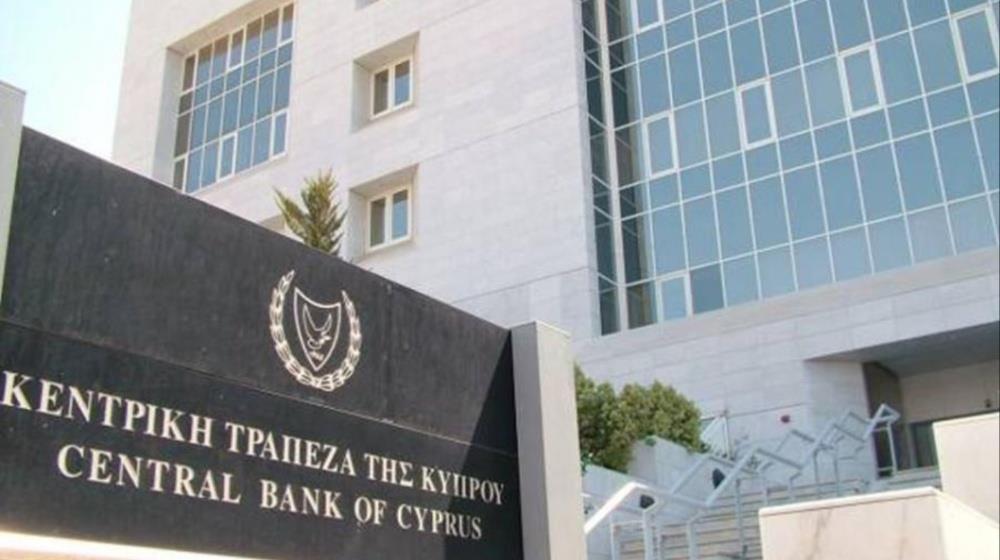The Central Bank of Cyprus (CBC) projects steady growth for the Cypriot economy in 2025, with GDP expected to expand by 3.3%, unemployment to ease to 4.6% and inflation to drop to 1%, according to its September 2025 macroeconomic forecasts.
Compared to its June 2025 projections, the CBC revised growth slightly upward by 0.2 percentage points for 2025, mainly due to a stronger-than-expected tourism performance. Forecasts for 2026–27 remain unchanged. At the same time, the unemployment rate was revised slightly downward by 0.2 percentage points for 2025 and by 0.1 points for 2026. Inflation was revised lower by 0.4 points for 2025 and by 0.2 points for 2027, while core inflation was adjusted down by 0.1 points annually for the 2025–27 period.
GDP growth driven by domestic demand and investment
Economic growth is expected to come in slightly lower than 2024 (3.4%), with GDP forecast at 3.3% in 2025 before stabilizing at 3% annually in 2026–27. Domestic demand is expected to remain the key growth driver, supported by rising private consumption due of higher real disposable household income, easing inflationary pressures, and a resilient labor market. Large-scale private non-residential investments in infrastructure, digital and green transition projects, as well as initiatives under the Recovery and Resilience Plan, are also expected to contribute.
Net exports will be boosted by tourism, with strong arrivals anticipated from the UK, Israel, and EU countries, as well as by growth in technology services and exports related to intellectual property. Professional and financial services, along with shipping, are also expected to contribute positively, although external demand remains fragile due to global trade and geopolitical uncertainty.
Labor market resilience
The labor market continues to show significant resilience, with unemployment projected at 4.6% in 2025, down from 4.9% in 2024. The rate is expected to stabilize at around 4.7% in 2026–27, approaching conditions of full employment.
Inflation slowdown
Headline inflation, based on the Harmonised Index of Consumer Prices (HICP), is forecast to fall to 1% in 2025 from 2.3% in 2024, before rising again to 2% in 2026 and 2.2% in 2027. The sharp drop in 2025 reflects lower energy prices, declining industrial goods prices, and slower food price growth. A rebound in inflation from 2026 is expected, driven by rising energy costs linked to the introduction of a carbon tax on fuels and the EU’s expanded Emissions Trading System.
Core inflation (excluding energy and food) is projected to ease to 2% in 2025 and 1.8% in 2026–27, reflecting lower prices for industrial goods, partly offset by strong demand for services, particularly in tourism.
Risks tilted to the downside for GDP
The CBC noted that risks to GDP growth are slightly tilted to the downside, mainly due to potential external shocks from global trade policy and weaker demand for Cypriot services. Upside risks include stronger effects from the planned tax reform, higher wages, stronger corporate profit margins, and lower-than-expected energy prices if geopolitical conditions improve.
By contrast, inflation risks are tilted to the upside, largely due to the possibility of higher wages and corporate profit margins, as well as stronger private consumption from the tax reform from 2026. Downside risks include lower global energy prices, a potential resolution of the war in Ukraine, increased oil supply from producers, and lower electricity prices with the start of Cyprus’s Competitive Electricity Market.
(Source: CNA)









